How Much Will It Cost to Build My Dream Home?
It’s a question we get asked all the time when listing land for sale or representing builders. Ultimately a difficult question to answer, but that’s what we are here for! Handling the difficult questions to pave the way for a smooth client experience. So, how do we calculate the total cost to build a new home?
Before we dive into the details, a few caveats: none of this is universally prescriptive! There is such an immense variety of builders, conditions of land, scope of work, utility placements, municipality fees, taxes, distance needed to travel with material, and complex accessibility it is impossible to have a one-size-fits-all approach to every build. However, with the right know-how, we can start with the basics and work backwards to come up with estimated cost-to-build numbers, from dirt to moving day.
Step 1: Identify Client Needs

This should go without saying, but properly assessing the client’s needs is first and foremost. Otherwise, we are swinging blindfolded and hoping to make contact. Are you willing to wait three years for your new home, or do you need it in 6 months? Do you want to make a lot of decisions throughout the process or leave it to the builder? Are you comfortable working with any builder, or is there a specific contractor in mind? All of these impact the price and experience a client has.
Step 2: Accounting for the Lot
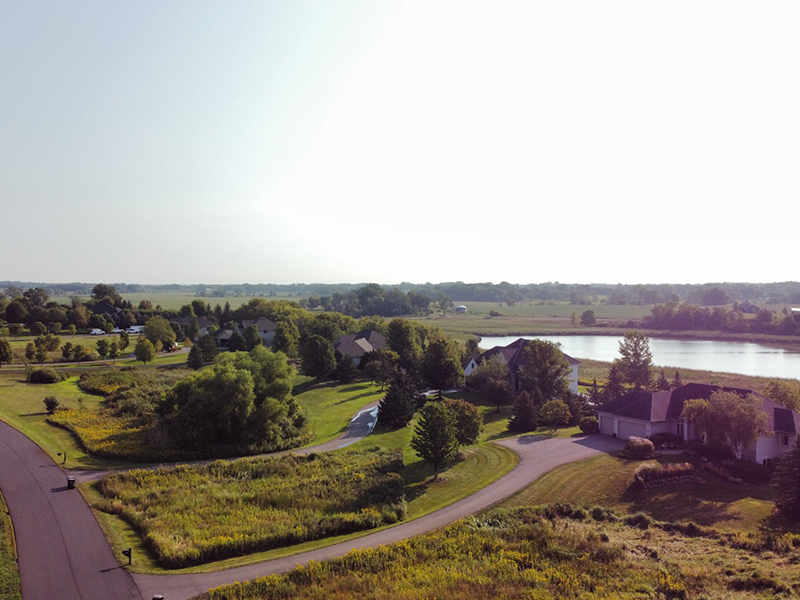
As a rule of thumb, a fully-developed, ready-to-build parcel should clock in around 20-25% of the total project budget. So if you have $800k to spend for your dream home all-in, we should first look for developed lots between $160,000 and $200,000. A fully developed lot should have a building pad, streets in, utilities stubbed in, and be zoned for single family residential construction.
Alternatively, if you don’t mind a bit of work, a raw piece of land may be purchased. The cost to improve a lot varies wildly depending on condition, but things to look out for that will cost money to resolve before construction can begin: access to the property, clearing trees, completing soil tests for septic and well placement, city permitting addressed, grading of the lot may be required for drainage, accessibility, or building purposes, utilities such as electricity, internet, and natural gas, and debris/existing structures that may already exist and require removal.
Step 3: Determining Style of Home
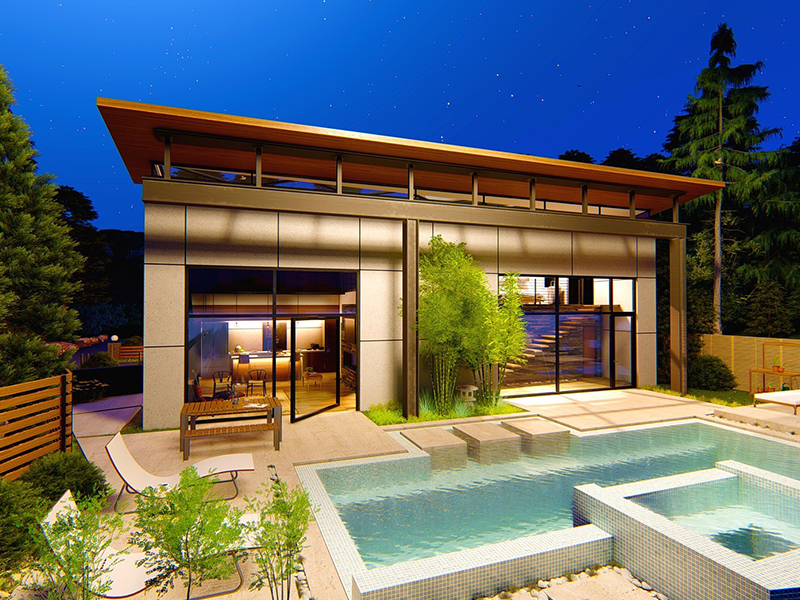
This is where confusion around the structural costs starts. What is the most efficient way to build a home? Where can costs be cut to save a few bucks? What is worth the investment and what isn’t? Some folks come into this stage with a clear vision of the finished product, while others require some inspiration. I recommend visiting open houses to get ideas, search Pinterest or Instagram for examples, and start compiling a binder so your builder/architect understands your likes and dislikes.
From a cost perspective, there are some rules of thumb:
- Taller is more affordable than wider. The “Fixed Cost” of a roof, foundation, and excavation can be kept lower by going taller rather than wider. Plus, a taller home benefits from the smaller footprint by fitting snugly into more unique or tight lots. Basements are the best value per square foot in a home.
- Shorter driveways/proximity to utilities can save tens of thousands of dollars on the average build. Going deep into a lot requires more wiring, piping, and trenching, which adds up as the distance increases.
- Simple corners. Every angle added to a structure adds thousands of dollars, and if the build becomes especially complex, specialized (and therefore expensive) contractors may be required. Four corners keeps it simple, and therefore affordable.
- Roof pitches! This may surprise folks, but the steeper the roof the more expensive. The additional area requires more material, and therefore is more expensive.
- Windows are more expensive than siding and insulation, plus the additional material to frame the space and skill to install. Windows can get very expensive in a hurry if you go for unique shapes, sizes, and depending on how energy efficient they are. Limit the number of windows and use traditional sizes to save.
- Keep your dimensions in even numbers. Lumber is cut in even increments — typically every 2′, but eventually every 4′ or 6′. If you have exterior dimensions of 61 ‘ 51’, you are wasting a foot off each side of the house!
Step 4: Choosing a Builder

The company or individual chosen to build the home is incredibly important and will dictate the entire experience. If you are working with a production builder where the decisions are already made and purchasing a pre-designed house, the plan is (hopefully) already optimized to remove unnecessary waste and is an efficient package. Be sure to ask how many times the builder has built a specific plan before. The more times they have built a plan, the less likely mistakes are made as they (and their subcontractors) improve. If knowing your cost to build early is important to you, I strongly recommend exploring production builders.
Looking for something more robust? Custom builders fill a wide range, but as a rule of thumb the more options available the more expensive the home becomes, even if those options aren’t exercised. It costs money to handle customization requests, both in terms of manpower and potentially wasted product. Still, when it comes to control and variety, there is nobody better suited to the task than a build-to-suit contractor.
Want some efficiencies without the headache of dozens of pages of selections? Semi-custom is the ticket. Make choices on big-ticket features from a menu like additional garage stalls, sunrooms, color of the cabinetry, and flooring material without needing to do a ton of additional research. Most semi-custom builders have pricing at the ready for a slew of choices to make decisions easier.
Need more information on the types of builders? You can find descriptions here, and certainly contact us for specific recommendations. We have relationships with many of the area’s most reputable and talented builders and would love to introduce you.
Step 5: Research Comparable Properties
This is a critical step in the process. Without a baseline to compare against, where do we start? An example of what I mean:
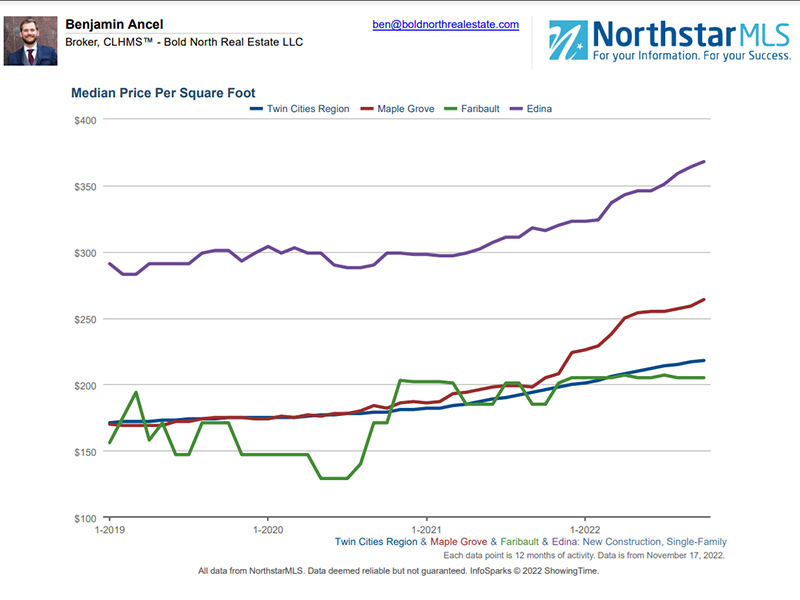
As you can see, there is a wide range depending on where you want to build. Be mindful these numbers INCLUDE the land. The closer in you get and the more amenities nearby, the more expensive the land becomes. A single buildable lot in Edina can easily go for $300,000, where you can find a comparable lot for maybe $50,000 in Faribault. We have a handy search tool if you want to check out available land in your area.
Most single-family new construction homes, not accounting for the lot, will run around $200/sq.ft in Minnesota. If you go with a slab-on-grade home, that number will rise as basements are the most affordable price per foot in a home. If you build a rambler 60′ wide by 40′ deep, that will be more expensive than a two-story home that is 30′ by 40′. Both total 2400 square feet above ground, but the two-story has less roofing, foundation, and excavation cost. The land used significantly impacts the total cost to build.
Step 6: Interior Finishes
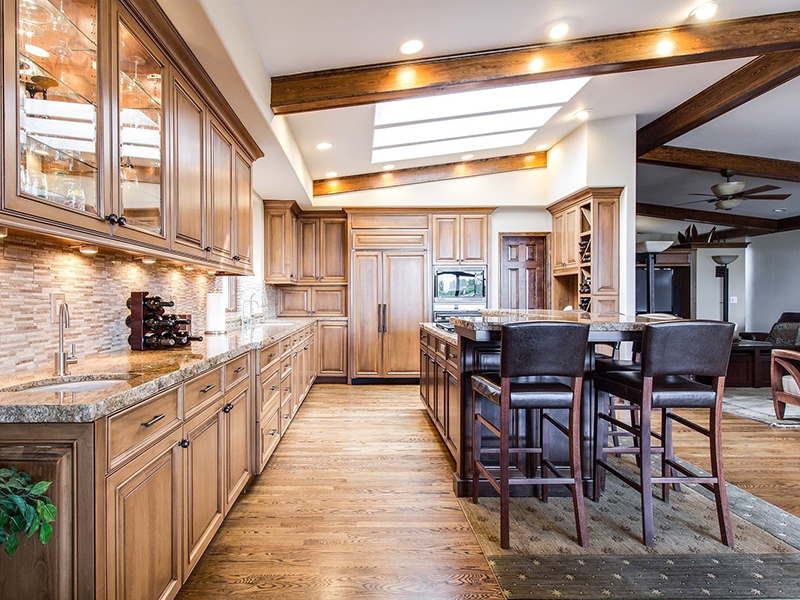
This is where the greatest variance exists, and is the main differentiator in price per square foot. As an example: if a home has 2400 square feet finished and you get granite countertops, that bid might run $8,000 for material and labor. However, if you were to go for Cambria quartz luxury series, that same bid might come in around $20,000. The square footage doesn’t change, so by choosing a more expensive material the price per square foot will rise.
The same can be said for any amenity that doesn’t increase the footprint of the home. A basic in-ground pool can run up to $100,000, going for that extra foot of ceiling height another $10,000, then upgrading to taller trim to go with the taller ceilings for another $10,000.
The best advice I can give is start with what is most important and build off that. If the main driver for building a new home is for a luxurious kitchen to host the holidays, put more money there. If being the “kid house” where all the neighbor kids gather and play is the goal, invest in a secondary basement kitchen, sturdier carpets, sport courts, pool, hot tub, etc.
For production and semi-custom builders, you can expect them to have already done the work of bundling comparable quality products together and set a price for the whole batch. For example, you might be choosing from a “Standard”, “Signature”, or “Premium” kitchen packages, with the main difference being whether you go for a double wall oven and vent hood over your gas range or a standard oven/range combo unit. The cost to build these features should already be calculated and available for you to see.
It may be worth hiring an interior designer to discuss these options with, as the process can be daunting even to the prepared. You can find a roster of talented designers at the American Society of Interior Designers.
Step 7: Bringing it All Together
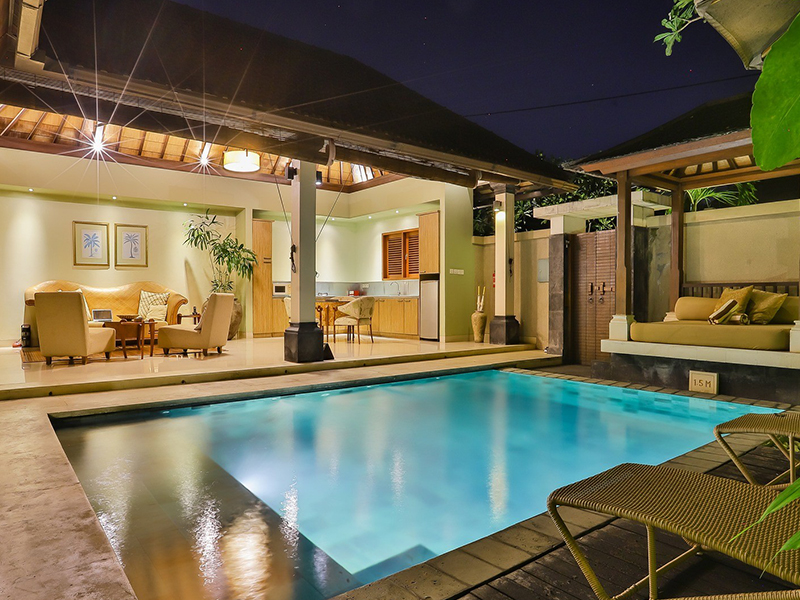
Now we have a base of knowledge to work from. These numbers are always moving, and material prices are especially volatile at the moment. Be sure to keep up-to-date on current market trends and remain in close communication with your builder. Good communication ensures nothing slips between the cracks.
At the time of this writing, here is the formula I use, loosely, to understand final cost to build on a project:
(([Baseline Market Price] – [Lot Value]) * [Builder Type Modifier]) * [Amenity Threshold]) + [Extra Hands] + [Specific Features] + [Lot Value]
I have an easy to use template for my ratios, including the average spend for an architect, interior designer, and the modifiers for different types of builders. If you would like a copy, please let me know and I will happily send it to you.
Let’s put this into practice with an example:
Client prefers an easy process with minimal decisions. They enjoy a comfortable lifestyle at home and hosting guests, ideally on their back patio overlooking the local golf course. They are in a second-ring suburb and enjoy proximity to major roadways without the discomfort of traffic or airplanes overhead. The mantra, “pay now so you don’t pay later” rings true. They have a total budget of $1.2 million and are wondering if this is achievable.
After some due diligence, it is determined golf course homes in their preferred area are going for $1,000,000 all-in. The homes are primarily custom-built. Looking at lot sales, we determine the lot made up $200,000 of the price — square in the specified lot-to-build ratio we expect. I find a local builder who offers quality construction without a ton of decisions to be made. The one feature they really want? An outdoor kitchen and fireplace area, perfect for enjoying their spectacular view while sipping on their favorite cabernet. They will be utilizing an interior designer but prefer a plan already designed by the builder and won’t need an architect.
Let’s plug in the numbers and find our cost to build
(([1,000,000] – [200,000]) * [0.7]) * [1.5]) + [$5,000] + [$50,000] + [200,000]
Run this equation, and what do we get? A total all-in cost of $1,095,000 — within budget! Thanks to these rough numbers, we can begin having a serious conversation and getting into harder numbers knowing where we stand and are at least able to look at options.
This same equation can be modified and used on a price per square foot basis if desired, though I find this equation gets us there faster. I will use the modified approach if a client wants to build a home that is significantly different than their neighbors, but it comes up infrequently especially if they are purchasing a lot in a neighborhood.
Good luck out there, and of course if you have questions about the process, who to work with, or where to find opportunities, please leave us a note and we are happy to assist!





